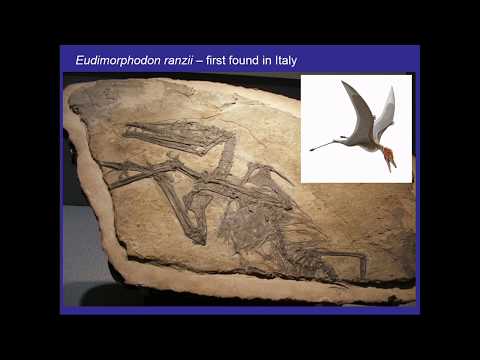Description:
Explore the fascinating world of pterosaurs in this 45-minute lecture from the Royal Tyrrell Museum Speaker Series. Delve into the evolution, anatomy, and lifestyle of these ancient flying reptiles that soared above the dinosaurs. Learn about early pterosaur discoveries, their relationships with other archosaurs, and the two basic forms of pterosaurs. Examine the unique features of pterosaur wings, their methods of becoming airborne, and the famous fossil sites where their remains have been found. Compare the body masses of the largest known pterosaurs with extant birds and investigate the temporal span equivalence between pterosaurs and birds. Discover the multiple, independent losses of flight among birds over 150 million years and gain insights into the strange case of Quetzalcoatlus northropi.

Over the Heads of Dinosaurs - Pterosaurs
Add to list